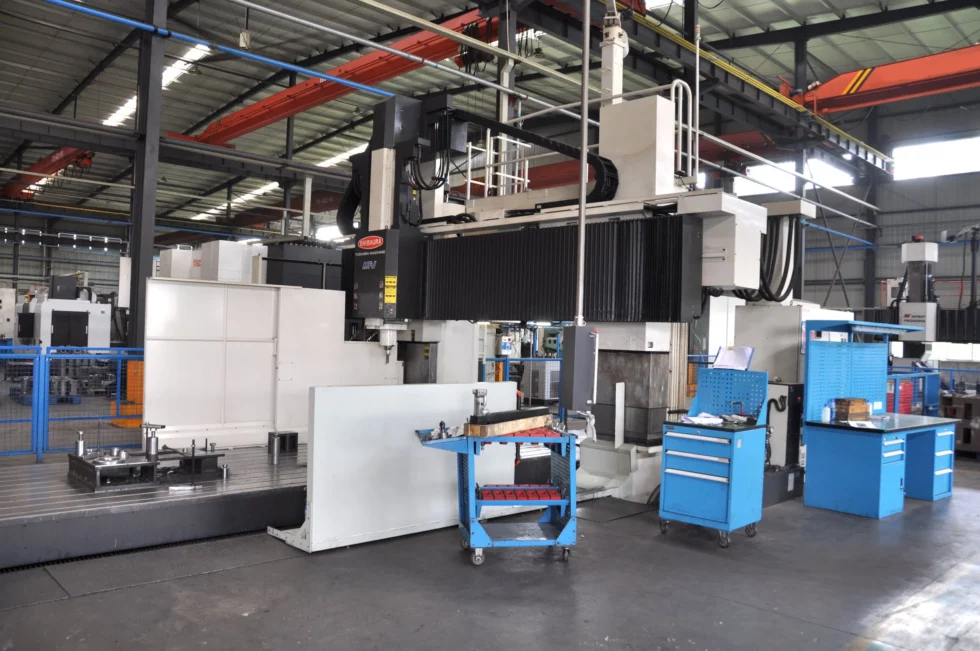
LH-8kg Articulated Robot Cold Chamber Die Casting
Our LH-8kg articulated robot cold chamber die casting machine is a top-of-the-line solution for high-precision die casting products. With a maximum clamping force of 80 tons, it is capable of producing complex and intricate parts with ease. The LH-8kg is well-suited for use in a multitude of industries, including agriculture, automotive, aerospace, and more.
Product Description
Our LH-8kg articulated robot cold chamber die casting machine is designed to provide you with the highest quality and most efficient die casting experience possible. Our state-of-the-art machine is equipped with an 8kg payload capacity, allowing you to produce complex and intricate parts with ease.
The LH-8kg is designed with precision in mind, featuring a maximum clamping force of 80 tons and a high-precision injection system. With our machine, you can ensure that your castings are produced to meet the highest standards of quality and accuracy.
Our LH-8kg is both versatile and durable, making it ideal for use in a variety of industries. Whether you are producing parts for agriculture, automotive, aerospace, or any other industry, our machine can help you achieve your goals.
Specifications
Clamping force
Maximum 80 tons
Payload capacity
8kg
Injection system
High-precision
Industries
Agriculture, automotive, aerospace, and more

Frequently Asked Questions
1. What industries can the LH-8kg be used in?
Our LH-8kg articulated robot cold chamber die casting machine can be used in a variety of industries, including agriculture, automotive, aerospace, and more.
2. What is the maximum clamping force of the LH-8kg?
The LH-8kg has a maximum clamping force of 80 tons.
3. What is the payload capacity of the LH-8kg?
The LH-8kg has a payload capacity of 8kg.
4. What type of injection system does the LH-8kg have?
The LH-8kg is equipped with a high-precision injection system.
5. How can I customize my die casting products?
Customers are welcome to customize their die casting products with drawings and samples. Contact us for more information on our customization services.
At our company, we pride ourselves on supplying a wide range of high-quality industrial products. In addition to our LH-8kg articulated robot cold chamber die casting machine, we offer agricultural gearboxes, power output shafts, sprockets, hydraulic couplings, worm gear reducers, racks, roller chains, pulleys, planetary gearboxes, timing pulleys, bushings, and more. Our products are backed by our commitment to high-quality and thoughtful customer service, and we welcome the opportunity to work with you to meet your specific needs.
Performance Characteristics of Articulated Robots
Articulated robots are designed to be flexible and capable of precise movements, making them ideal for a wide range of applications. The main performance characteristics of articulated robots include precision, speed, and payload capacity. Precision refers to the accuracy of the robot’s movements, which is essential for applications such as assembly and welding. Speed is important for applications that require fast and efficient movements, such as packaging and palletizing. Payload capacity refers to the maximum weight the robot can handle, which is important for applications that involve heavy materials.
Types and Characteristics of Articulated Robots
Articulated robots come in various types, including 2-axis, 3-axis, 4-axis, 5-axis, and 6-axis robots. Each type has a different number of joints, which affects the robot’s range of motion and flexibility. The characteristics of articulated robots also vary depending on the materials used to build them. For example, aluminum robots are lightweight and ideal for applications that require high speed and precision, while stainless steel robots are durable and suitable for applications in harsh environments.
Applications of Articulated Robots
Articulated robots have a wide range of applications in various industries. In the manufacturing industry, they are used for tasks such as welding, painting, and assembly. In the packaging and palletizing industry, they are used for tasks such as picking and placing items on pallets. In the medical field, they are used for tasks such as surgery and rehabilitation. In the aerospace industry, they are used for tasks such as inspection and maintenance. In the food processing industry, they are used for tasks such as sorting and packaging.

Future Development Trends and Opportunities
The future of articulated robots looks promising, with new technologies such as artificial intelligence and machine learning being integrated into robot systems to improve efficiency and productivity. The demand for articulated robots is also expected to increase as more industries adopt automation technologies. This presents an opportunity for companies in the robotic industry to develop innovative products and expand their market share.
How to Choose a Suitable Articulated Robot
When choosing an articulated robot, it is important to consider several factors, including payload capacity, reach and range of motion, degrees of freedom, speed and precision, and integration and control. The payload capacity should be matched to the weight of the materials being handled, and the reach and range of motion should be sufficient for the application. Degrees of freedom refer to the number of axes the robot has, which affects its flexibility and range of motion. Speed and precision are important for applications that require fast and accurate movements, and integration and control refer to how the robot will be integrated into the production process.
Conclusion
In conclusion, articulated robots offer a range of performance characteristics that make them ideal for a wide range of applications in various industries. The type and characteristics of the robot should be matched to the application, and companies should consider future development trends and opportunities when making purchasing decisions. By choosing a suitable articulated robot, companies can improve efficiency, productivity, and profitability.
Author: Dream